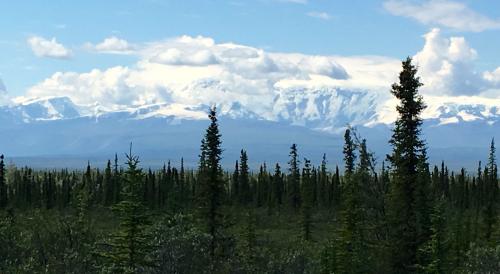
A Way in to Alaska's Wilderness
The Wrangell-St. Elias National Park can only be accessed by road in two places, the Nabesna road and the McCarthy road. Both are gravel roads and require patience and a bit of time to travel down. The roads are therefore not heavily visited by tourists and afford the intrepid traveler a chance to experience the true Alaska.
Skookum Volcano
All of Alaska's by-roads are open to wayside camping, as long as the road is not privately owned, so even in the National Park, we had lots of camping opportunities. We camped at the end of the Nabesna road, close to the Skookum Volcano trail. The Wrangell-St Elias Mountain ranges were born of fire. Some of the mountains are still belching smoke. Some of the volcanic edifices have eroded into jagged tuff and basalt spires, colored orange, biege, green and pale orchre by the minerals they are formed from.
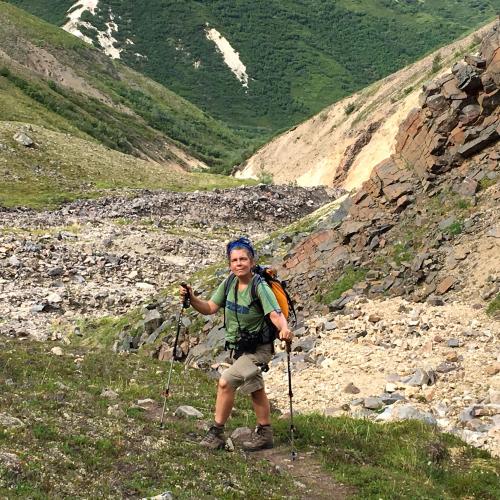
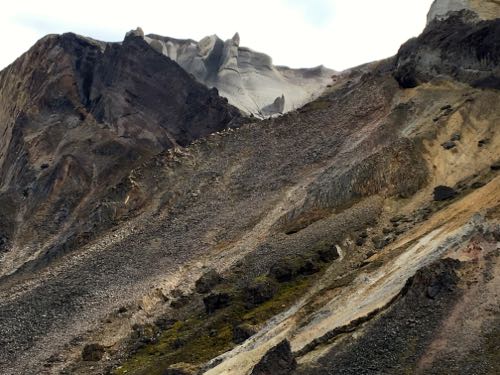
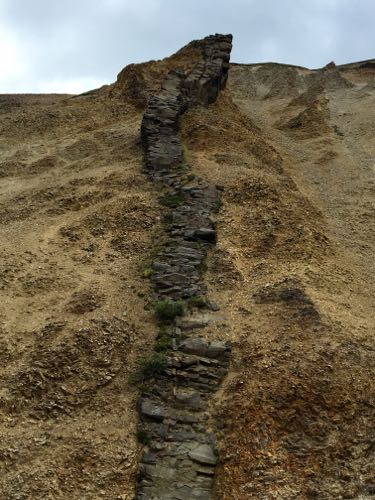
Caribou Trail
The National Park Service in Alaska offers the explorer another amenity besides the great wayside camping. If you are willing to hike in three miles down the Caribou trail, a rustic, well maintained cabin can be yours for up to 14 days! Located at the edge of the alpine tundra, this cabin offers the hiker or hunter (subsistence hunting is allowed for Alaskan residents) a respite from drizzle and bugs, as well as brilliant views and access to the high the alpine tundra.
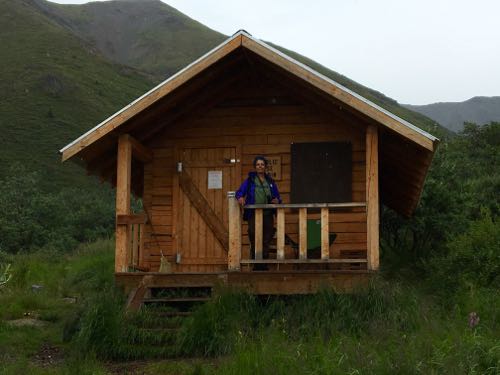
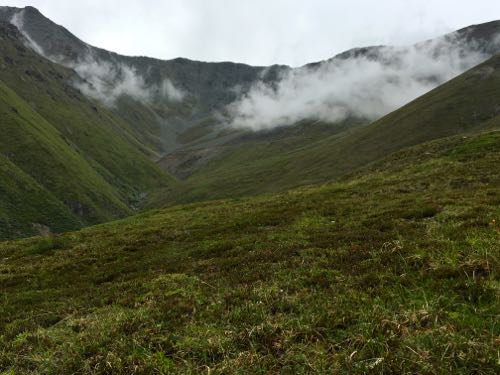
Up on the tundra, Steve spotted the carcass of a dall sheep. All but the head remained, so we assume the hunter was a human.
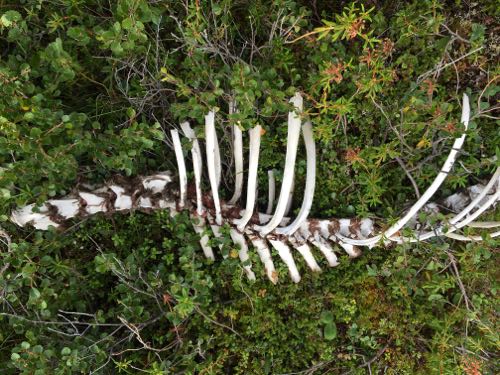
Flowers of the Day
A Saprophyte is an organism that is both a decomposer, as well as a photosynthesizer. It lives beneath the dense canopies of trees and so must rely on the longer wavelengths of light to capture its energy. It therefore appears red, rather than the green of most photosynthesizing plants. The saprophyte gains its nutrients from decomposing the dead matter left on the forest floor.
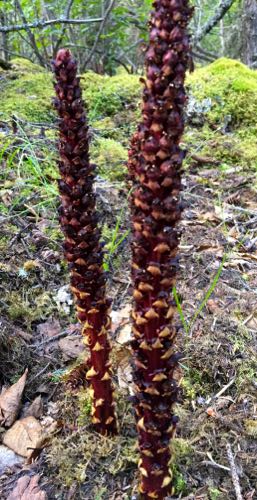
Blue Bell
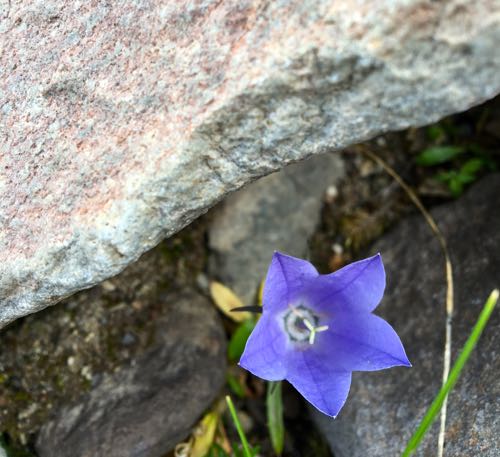
Pink Flower
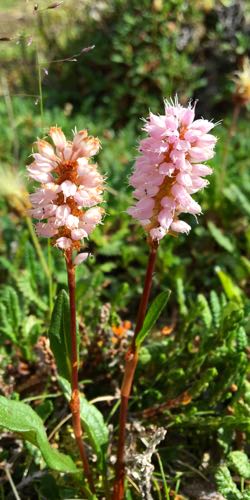


Comments